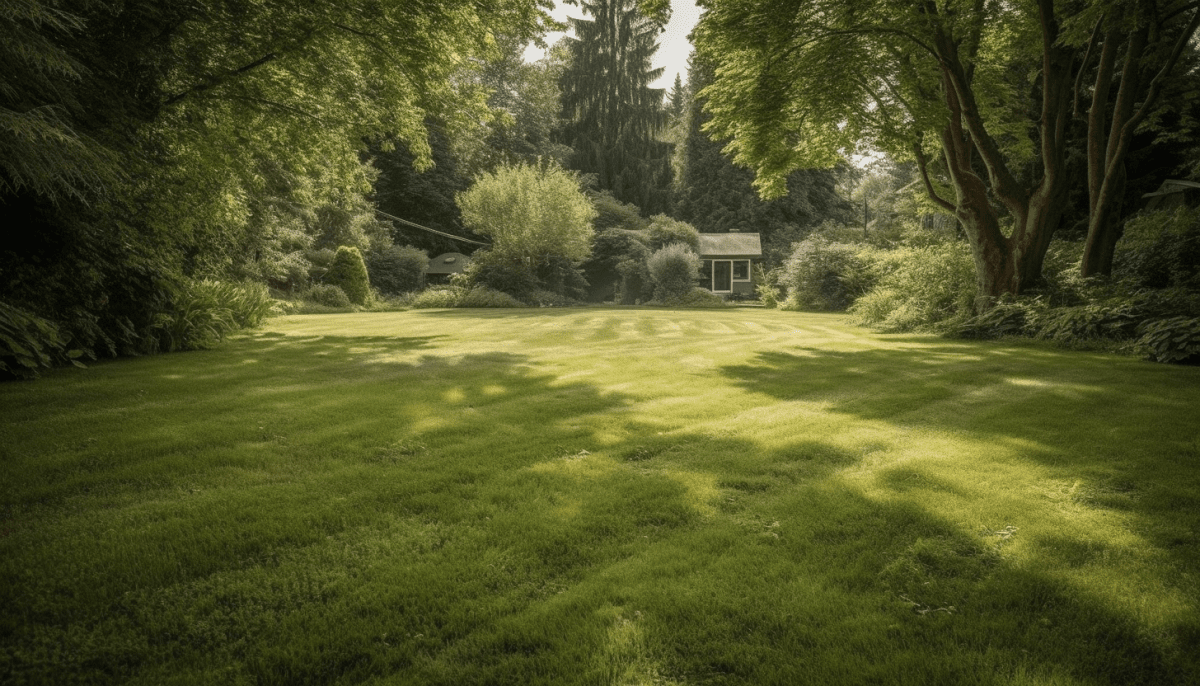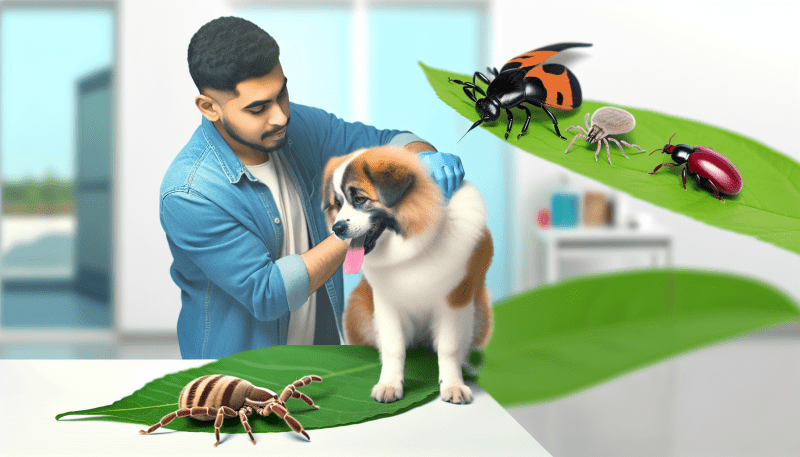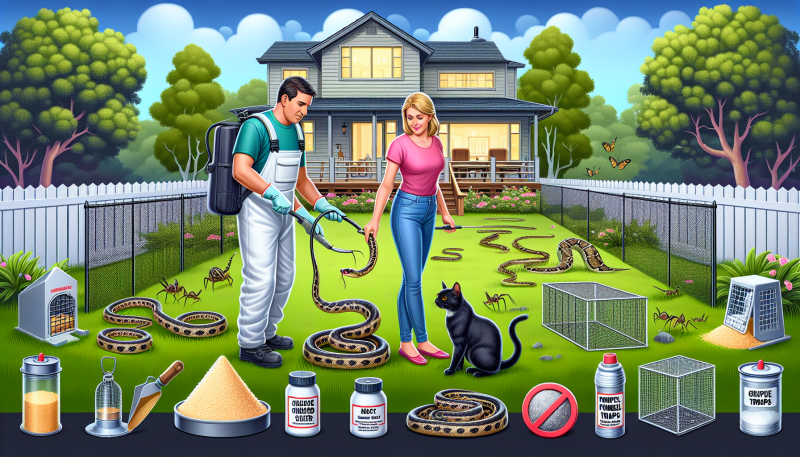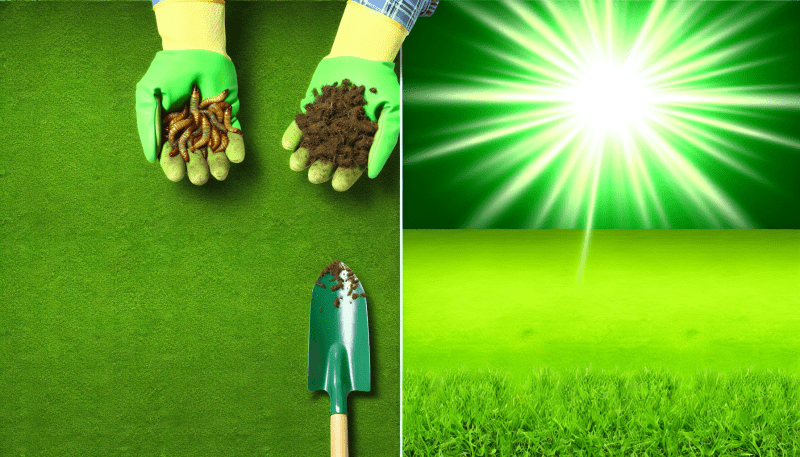Grubs are those pesky little pests that can wreak havoc on your lawn. They are the larvae of beetles, and while they might be small, their impact can be pretty significant. You typically won't see grubs until they’ve established a cozy little home in your soil, munching away on your grass roots. A heavy infestation can lead to brown patches, and your lawn may feel spongy underfoot—definitely not the look you want!
Different types of beetles produce grubs, but the most common culprits are Japanese beetles, June bugs, and masked chafers. As adults, these beetles lay their eggs in the soil, and once they hatch, the little grubs start feeding on those precious grass roots. Understanding this cycle is crucial because it helps you pinpoint when and how to take action. Usually, this cycle peaks during late summer and early fall when the grubs are most active.
But why should you worry about grubs? Beyond just making your lawn look unsightly, a healthy population of grubs can attract other pests like moles, birds, and skunks—all of which see your yard as a buffet. So, keeping grubs in check is not just about preserving your grass; it’s about maintaining a balanced and beautiful yard.
The good news? There are plenty of straightforward solutions to keep your lawn grub-free! From natural treatments to preventive measures, once you understand the enemy, you can take the right steps to protect your lawn. Keeping an eye on your lawn health and addressing any signs of grubs early on can save you a lot of trouble down the line.
Recognizing Signs of Grub Infestation
If you suspect grubs might be wreaking havoc on your lawn, there are some telltale signs to look out for. Identifying an infestation early can save your grass from serious damage. So, let’s dive into what to keep an eye on!
First off, one of the most obvious signals is patches of brown or dead grass. If you notice areas of your lawn that seem to be drying out or dying for no apparent reason, grubs might be the culprit. These little pests feed on the roots of your grass, causing it to wither away.
Another sign to watch for is increased activity from birds or animals. If you see more birds pecking at your lawn or animals digging around, they might be after those tasty grubs. It’s nature’s way of letting you know that something is off with your turf!
Lastly, you can check for grubs by simply lifting a section of your grass. If the roots feel spongy and you see white, C-shaped larvae just below the surface, it’s time to take action. Grubs typically measure about an inch long, so if you see them, you’ve got an infestation on your hands!
Effective Prevention Strategies for Your Lawn
Keeping your lawn grub-free starts with some solid prevention strategies. Here’s what you can do to keep those pesky pests at bay:
By following these tips, you can create an environment that’s not just beautiful but also less hospitable to lawn pests. Keep your lawn thriving, and enjoy a lush, grub-free space to relax and play!
Natural Remedies to Control Grubs
If you’re looking to keep your lawn healthy and free from those pesky grubs, natural remedies can be a great option. They’re often safer for your family, pets, and the environment compared to chemical treatments. Here are some easy-to-use solutions you might want to try:
Incorporating these remedies into your lawn care routine can be an effective way to manage grub populations. They’re simple to apply and often improve the overall health of your lawn in addition to tackling those unwanted pests!



